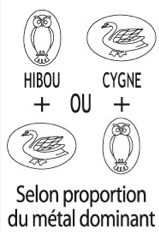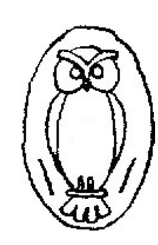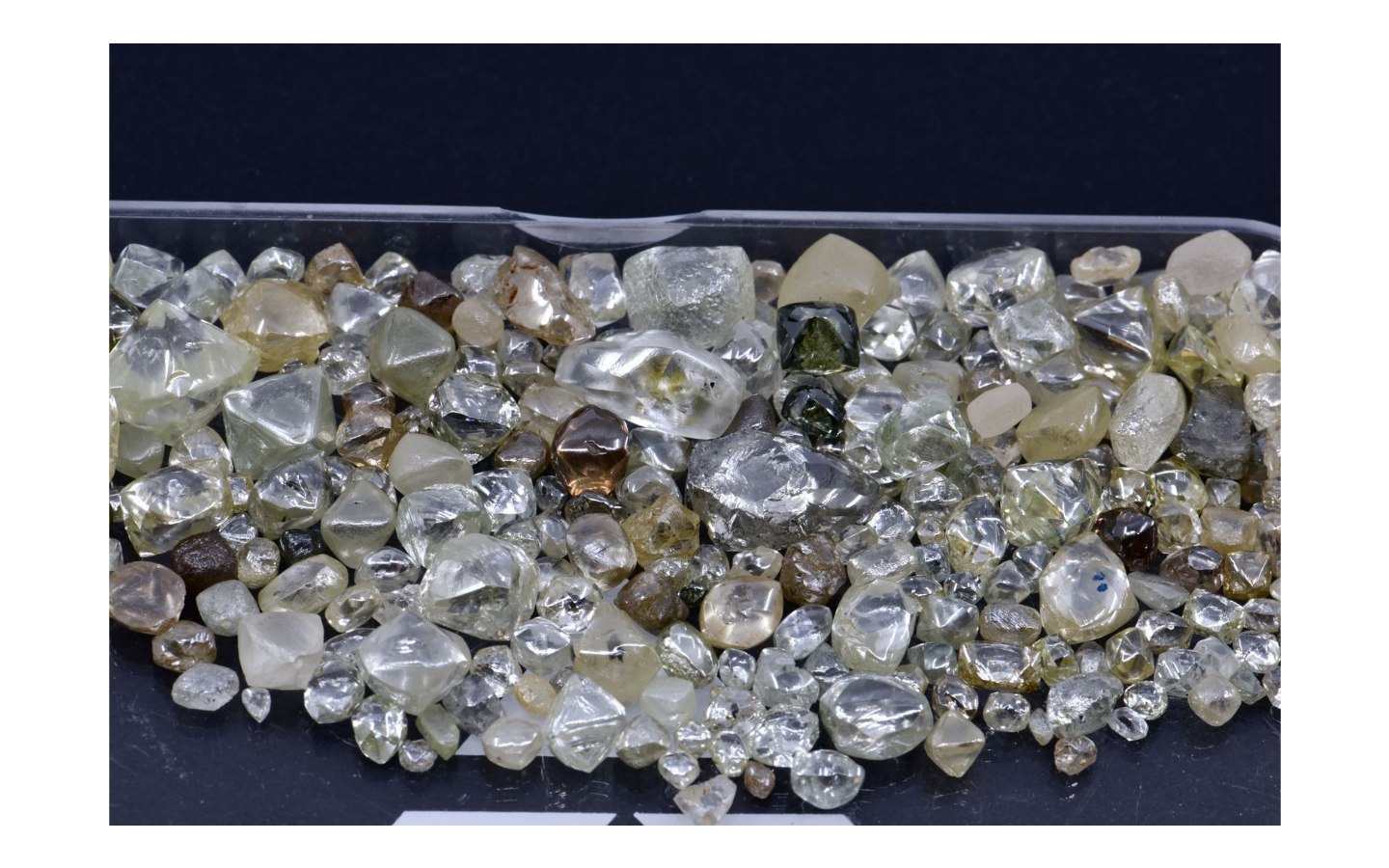In this last article concerning the guarantee hallmarks of precious metals (after the titles, gold, silver and platinum), we deal with some particular cases. And in fact, it is the most complex part to understand, because as you will see, some of the hallmarks used here are hallmarks already used but on which a detail changes. It is thus necessary to be particularly vigilant in the reading of these punches to understand what they guarantee.

This mixed punch called “Boar’s head – Eagle’s head” exists in this design since 1994. However, it should be noted that a very slightly different hallmark has been in use since 1838. In any case, the design I am presenting to you is the one that has been in circulation for 20 years. It guarantees both new and second-hand French jewellery made by juxtaposing gold and silver, provided that the accessory metal (gold or silver) represents at least 3% of the total work. It is the presence of these two metals and the 3% condition for the second metal that makes it necessary to affix this mark. If the accessory metal is less than 3% of the total work, the piece is guaranteed according to the main metal used for the production. Moreover, it is a small guarantee mark, so it can be affixed within the framework of the delegation by the manufacturer himself. Useful clarification: it is a rather rare hallmark.

On certain second-hand jewels of foreign or uncertain origin (and only on those!), you will be able to find two punches: the owl and the swan, affixed jointly. These two marks, together, guarantee an antique piece made of gold and silver. If the owl is stamped first, it means that the work is mainly made of gold. If the swan is stamped first, it means that the work is mainly made of silver. These hallmarks can be found on antique jewellery. Once again, the 3% rule applies.
After having made the turn of the various punches used to guarantee the works made up of gold and silver, I will explain to you the punches relating to the guarantee of the works new as of occasion made up of precious metals juxtaposed with base metals. It is in this last part that it is necessary to be very vigilant at the time of the deciphering of the punches.
1 – New jewellery

This “Eagle’s head” hallmark guarantees works made of gold and base metal, provided that gold represents 50% or more of the setting. This hallmark has existed since 1984. This hallmark has an oblique bar at the neck of the eagle as a distinctive sign. This hallmark also guarantees a title, namely that the gold is indeed, at least, 750 ‰.
Attention: the base metal must imperatively be specified on the object (often by an engraving).

This “Eagle’s Head” hallmark also guarantees works made of gold and base metal, provided that the gold represents less than 50% of the setting. It has existed since 1984. This hallmark has two oblique bars at the neck of the eagle. This hallmark also guarantees a title, namely that the gold is indeed, at least, 750 ‰.
Attention: the base metal must imperatively be specified on the object (often by an engraving).

The “Tête de Minerve” hallmark guarantees works made of silver and base metal, provided that the silver represents 50% or more of the setting . This hallmark has existed since 1984. This hallmark has an oblique bar at the level of the Minerva cheek. This hallmark also guarantees a title, namely that the silver is indeed, at least, 800 ‰.
Attention: the base metal must imperatively be specified on the object (often by an engraving).

This “Tête de Minerve” hallmark also guarantees works made of silver and base metal, provided that the silver represents less than 50% of the setting. It has existed since 1984. This hallmark has two oblique bars at the level of the Minerva cheek. This hallmark also guarantees a title, namely that the silver is indeed, at least, 800 ‰.
Attention: the base metal must imperatively be specified on the object (often by an engraving).
2 – Second-hand French or imported jewellery

This “Owl” hallmark guarantees second-hand or imported works, made of gold and base metal, on condition that gold represents 50% or more of the setting. This hallmark has existed since 1984. This hallmark has a slash to the left of the owl, at the level of the legs. This hallmark also guarantees a title, namely that the gold is indeed, at least, 750 ‰.
Attention: the base metal must imperatively be specified on the object (often by an engraving).

This “Hibou” hallmark also guarantees second-hand or imported works, made of gold and base metal, on condition that the gold represents less than 50% of the setting. It has existed since 1984. This hallmark has two oblique bars on each side of the owl’s legs. This hallmark also guarantees a title, namely that the gold is indeed, at least, 750 ‰.
Attention: the base metal must imperatively be specified on the object (often by an engraving).

The “Swan” hallmark guarantees second-hand or imported items made of silver and base metal, provided that the silver represents 50% or more of the setting . This hallmark has existed since 1984. The hallmark has an oblique bar above the wings of the swan. This hallmark also guarantees a title, namely that the silver is indeed, at least, 800 ‰.
Attention: the base metal must imperatively be specified on the object (often by an engraving).

This “Swan” hallmark also guarantees second-hand or imported works, made of gold and base metal, on condition that the silver represents less than 50% of the setting. It has existed since 1984. This hallmark has two oblique bars above the wings of the swan. This hallmark also guarantees a title, namely that the silver is indeed, at least, 800 ‰.
Attention: the base metal must imperatively be specified on the object (often by an engraving).
I am well aware that this last part of the article is quite complex. So, don’t hesitate to ask your questions in the comments and I will try to answer them as well as possible.
See you soon!







